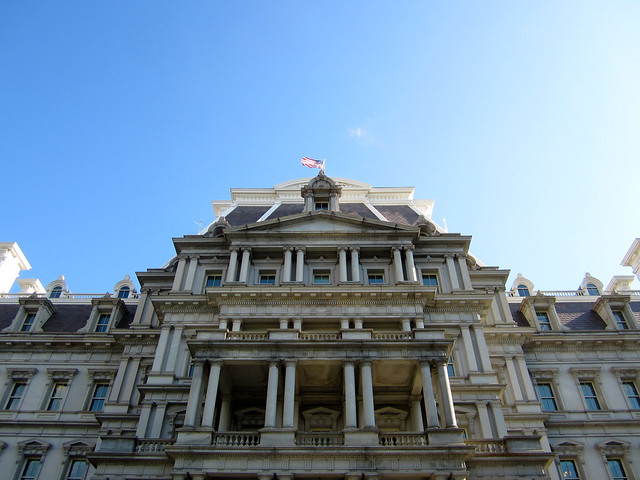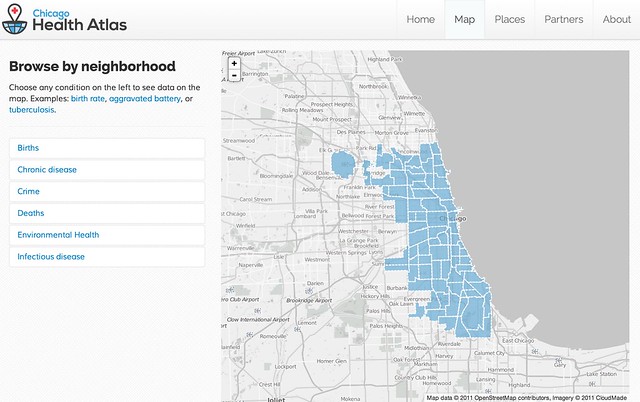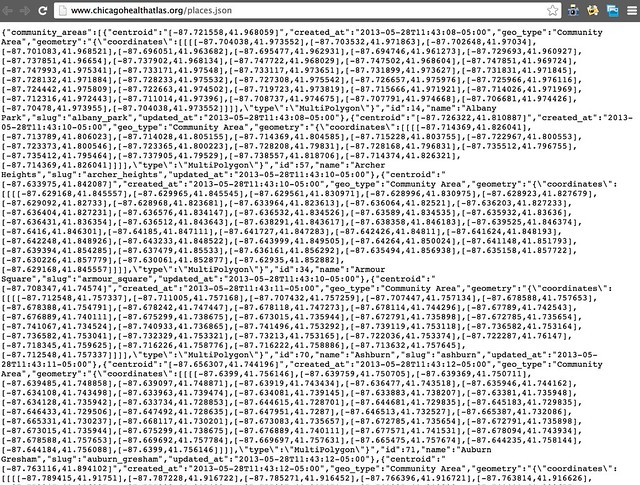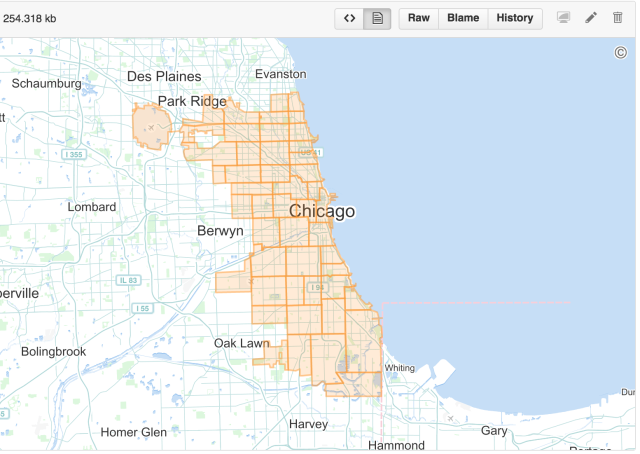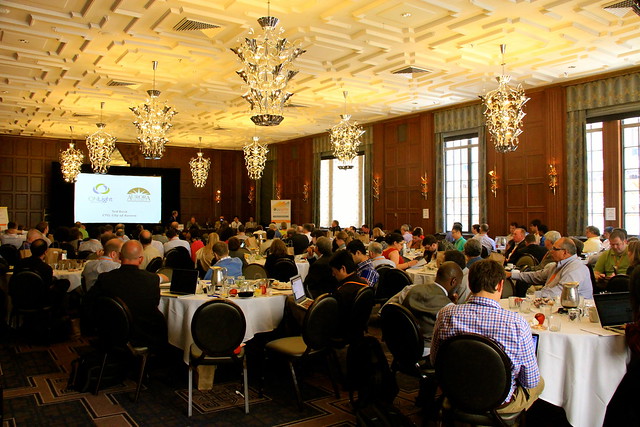
The US Ignite Summit highlighted the potential and the opportunities that the next generation internet will bring to the United States. The next generation internet will have upload and download speeds above 1000MBps. (For comparison, the average download speed in Chicago is 50Mbps and the average upload speed is only 10MBps.)
The summit highlighted the potential of next generation apps and the economic development that’s possible with gigabit internet. The summit was attended by 300 people, 53 of whom hailed from the City of Chicago. Through Smart Chicago’s sponsorship of the event we were able to give out several free passes to Chicago residents to ensure that there was a wide variety of fields represented at the conference.
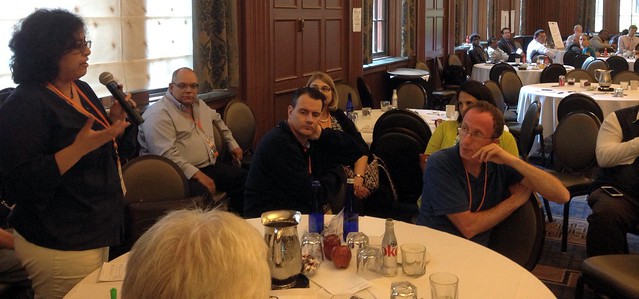
Smart Chicago Collaborative also ran an ideation session as part of the summit. With so much money, time and effort being invested into the gigabit internet it’s important to gain a wide variety of perspectives on what we could do with the next generation internet. Several fantastic ideas where generated out of this session including apps centered around emergency response, healthcare, and library systems.
Smart Chicago Collaborative was also proud to host a reception where internet advocate Susan Crawford spoke about the progress of communication technology – and how we can support real world ties with technology.
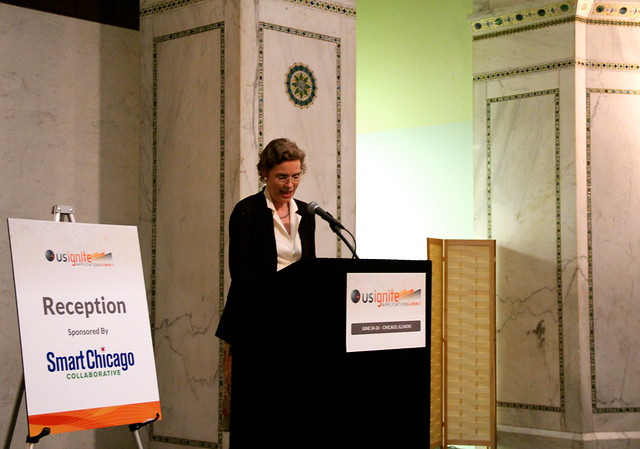
Gigabit internet is coming to Chicago. Smart Chicago Collaborative looks forward to assisting in efforts to bring the next generation internet here and looks forward to the economic and social opportunities that it will bring.
